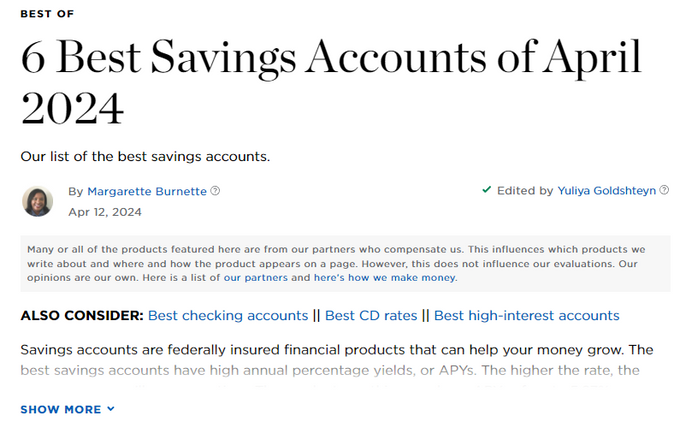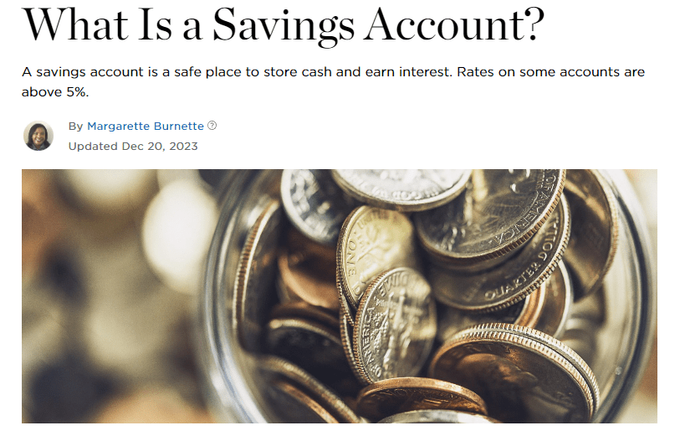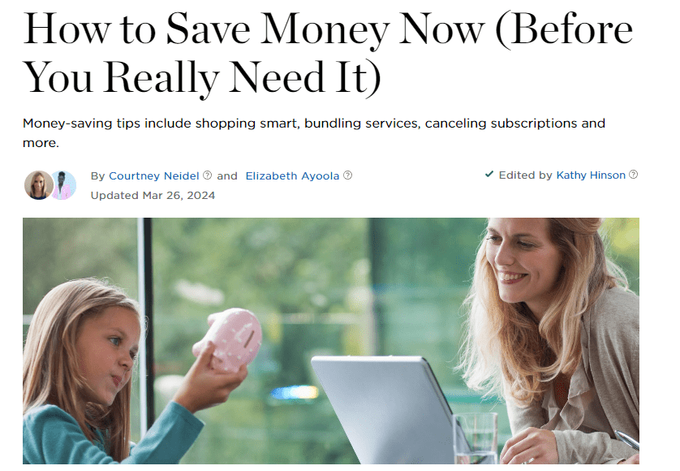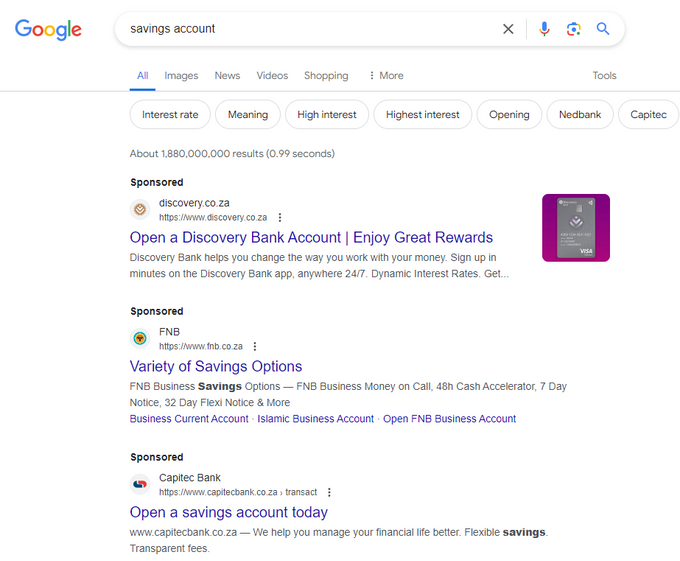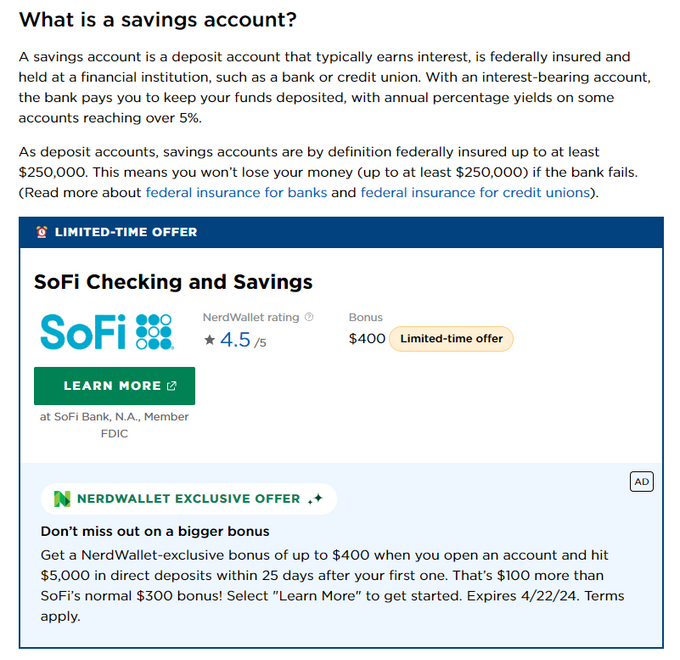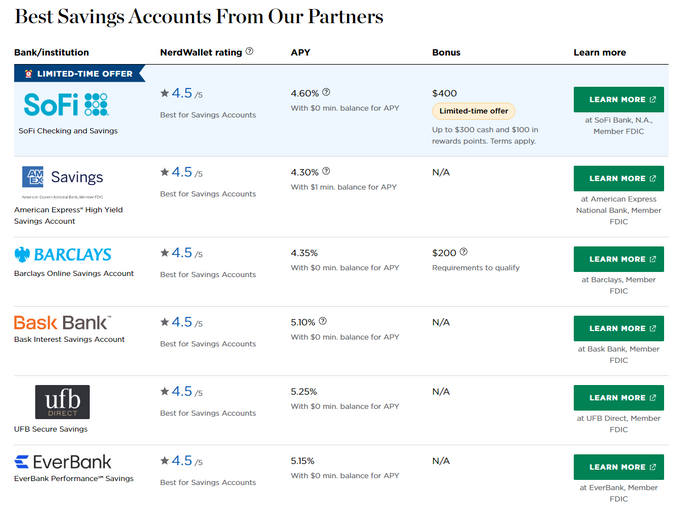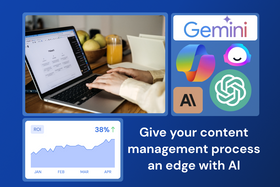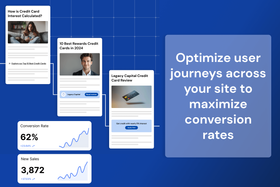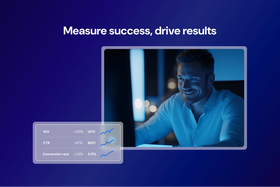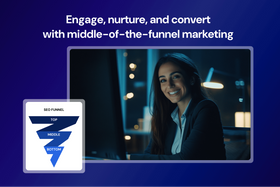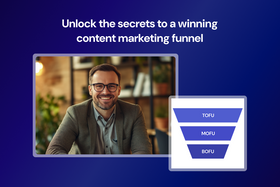The SEO marketing funnel: Convert users based on intent
Learn how to create a well-structured SEO marketing funnel that enhances user experience, builds trust, and increases conversions.
Updated February 28, 2025
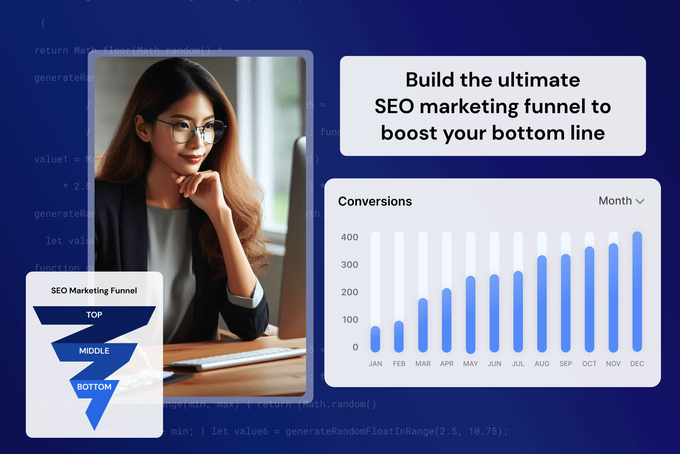
The SEO marketing funnel is a key tool for generating conversions based on user intent. By structuring your content according to the different stages of the funnel, you can more effectively guide users through their decision-making process and better tailor your calls to action (CTAs) to meet their needs. In this article, I'll break down each stage of the SEO marketing funnel and provide strategies for leveraging user intent to boost conversions.
Key takeaways
- The SEO marketing funnel maximizes conversion based on user intent in each stage.
- Intent accounts for 80% of conversions.
- Structuring content on your website according to the SEO marketing funnel can improve conversions.
- There's a scientific way to build your SEO marketing funnel.
What is the SEO marketing funnel?
The SEO marketing funnel guides users to take action on your website based on their search intent. To achieve this, each page should target a specific topic that aligns with a user's search query.
Take NerdWallet as an example. If a user searches "best savings account," they're at the bottom of the funnel. We define this search as high intent and low brand preference. They're ready to select a savings account, so you want to show them a list from which they can choose.
If they're searching for "what is a savings account," they're in the middle of the funnel. Therefore, the CTAs you show them must be appropriate for that stage. They may be ready to buy, but they're still in the consideration phase.
If they're using a top-of-the-funnel search, such as "how to save money," they're most likely looking for information or advice and, therefore, not ready to buy yet.
So, the SEO funnel is a way of looking at where your users are at the consideration stages before they're ready to buy based on the intent of their searches or the topics they're interested in.
SEO marketing funnel example
Google Search is exactly like the SEO marketing funnel because it's about searching and showing the right ads at the right time.
Google makes over $237 billion a year from search advertising, and they maximize it by showing you the right ad based on your funnel stage, the context of what you're searching for, and the type of search.
If you structure your content correctly, you'll create the same impact that Google's ads have in search (on a much smaller scale, of course).
» Chat with us about creating an SEO marketing funnel as effective as Google's.
3 stages of the SEO marketing funnel
Top-of-the-funnel (TOFU) marketing: Building awareness
Users at the top of the funnel are not yet aware that they need the solution your business provides. They may be searching for general information related to your industry, such as "how to save money" or "best places to hike near San Francisco."
Your primary goal at the top of the funnel should be to increase awareness and engagement and help users move through to the middle and bottom of the funnel.
For example, if a user is interested in learning how to save money, you could send them further down the funnel by providing them with helpful educational content or by suggesting they book a consultation call with a financial expert.
» Conduct a content audit to see the impact of your efforts.
TOFU marketing techniques and strategies
Even though it converts less, it's important to create top-of-the-funnel content. The top of the funnel has more volume, so it's a great opportunity to drive relevant traffic, bring new users into your funnel, and build authority.
You can further capitalize on this upper funnel traffic in many ways, including:
- Remarketing to users based on their interests
- Adding new users to your email marketing list
- Offering a free trial or consultation call
» Get to know the entire content marketing funnel.
Middle-of-the-funnel (MOFU) marketing: Guiding leads
Users in the middle of the funnel are closer to making a purchase decision. They may already be interested in your product or want more information about it.
At this stage, you still want to provide value in the form of information. Users are more likely to continue further down the funnel, so you can show them CTAs that send them further down the funnel. They may even be ready to buy, and you can show them bottom-of-the-funnel CTAs, like in the NerdWallet example below.
MOFU marketing techniques and strategies
In the middle of the funnel, users are still seeking information but are more product-aware. Use informational articles and clear CTAs to send users to the next step in their journey based on their intent. Keep in mind that while users may not be ready to purchase, they are more receptive to product-specific information than at the top of the funnel.
Bottom-of-the-funnel (BOFU) marketing: Driving conversions
At the bottom of the funnel, users are at the end of the consideration process and ready to buy. Bottom-of-the-funnel marketing is really about understanding the user's goals and then providing the information they need to finalize their decision.
For example, if you're selling a savings account, you need to understand the user's key decision factors when comparing different savings accounts. Based on that, you need to decide what information you want to share with them to help them make this decision.
In the example below, NerdWallet includes important key decision factors like ratings, APYs, and bonuses to help users select a savings account.
BOFU marketing techniques and strategies
At the bottom of the funnel, you want to create:
- Case studies
- Reviews
- Comparison pages
- Category pages
- Top 10 pages
An informational top-of-funnel page can sometimes function as a bottom-of-funnel page. For instance, if you sell teeth whitening, users might search "Is teeth whitening covered by insurance?" This search suggests they're close to buying but need specific details. By creating a page that targets this search, you're providing bottom-of-funnel content that addresses this specific need and can lead to conversions.
READ MORE: The 5 stages of the marketing funnel explained
How to define funnel stages and choose the best CTAs for your site
To define all the funnel stages and choose the best CTAs for every page and topic on your site, you need to look at two things. First, you need to understand the topic of each page, keeping in mind that there may be more than one. Then, you need to understand how relevant those topics are to your business and how close they are to your marketing goal. The closer they are to the marketing goal, the lower they are in the funnel.
In order to decide what CTA to add, you need to understand how close the topic is to the bottom of the funnel and the problem the user is trying to solve. For e-commerce, this might be "add to cart" or "buy now." For more complex services where users would require additional information before taking action, it could be "book a consultation" or "book a demo."
This will also affect the types of pages that you build on your website. You can create pages that match certain topics, funnel stages, and search intents. You can also have multiple pages for the same intent to cater to different user preferences.
Maximize conversions with the SEO marketing funnel
The SEO marketing funnel is a powerful tool for aligning your content with user intent at each stage of the buying process. By creating content tailored to each funnel stage and using relevant CTAs, you can effectively guide users toward conversion. Businesses that master the SEO marketing funnel can better meet user needs and achieve their marketing goals.
» Talk to an SEO expert to start building the perfect SEO marketing funnel for your business.
